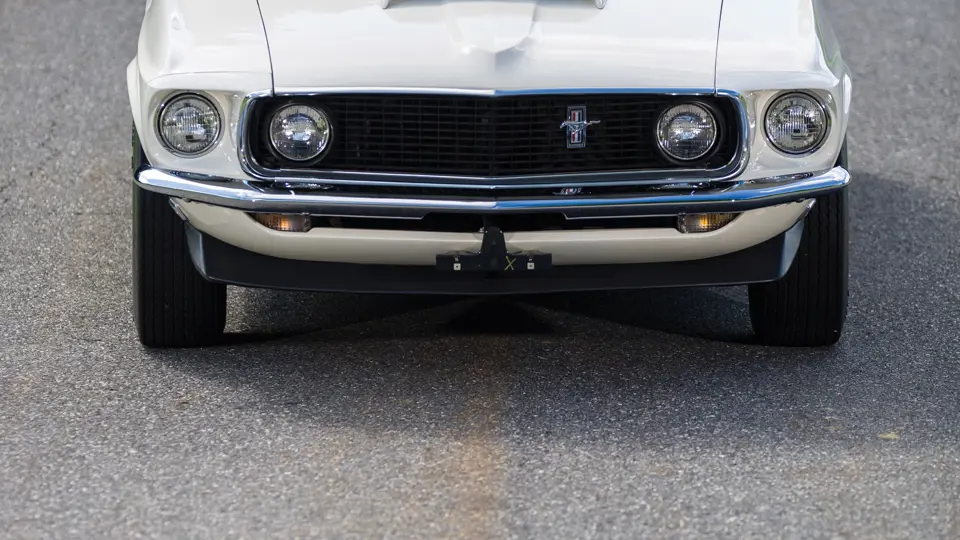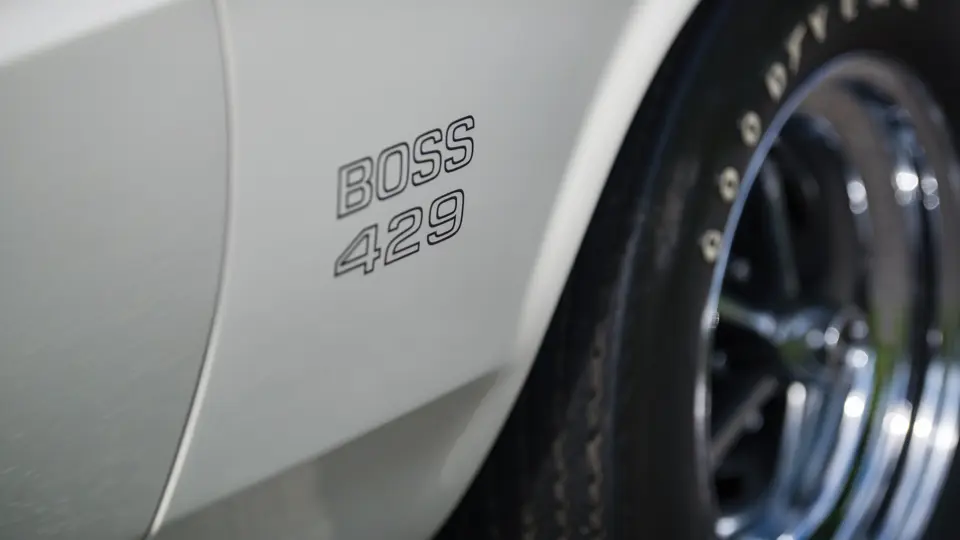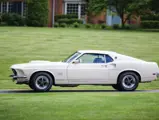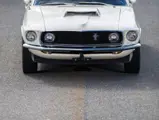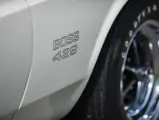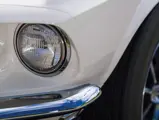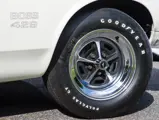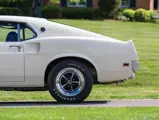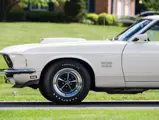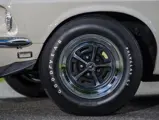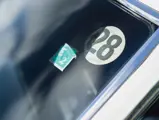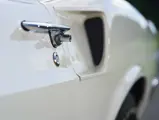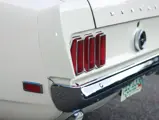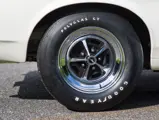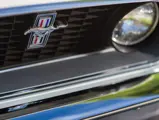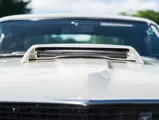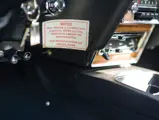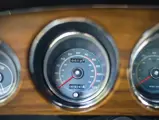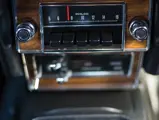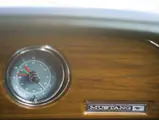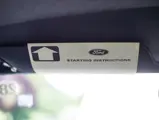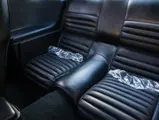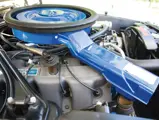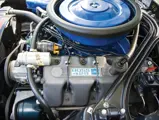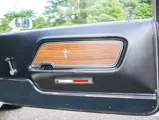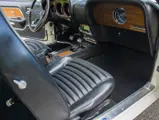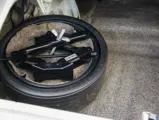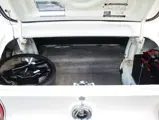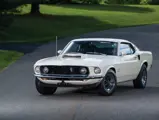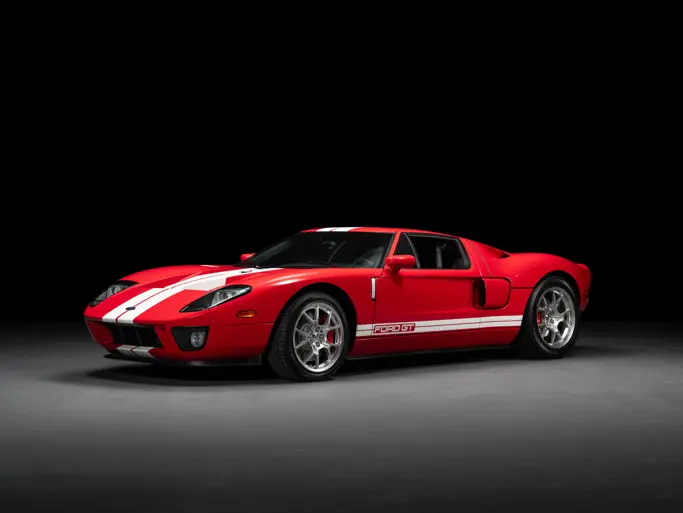
1969 Ford Mustang Boss 429
{{lr.item.text}}
$247,500 USD | Sold
{{bidding.lot.reserveStatusFormatted}}
- Only 120 actual miles; one of the lowest-mileage Boss 429s in existence
- Restored to better-than-new condition, with final detailing by Bob Perkins
- Accompanied by original dealer and delivery documentation, as well as a Marti Report
- One of the finest Boss 429s in the world
375 bhp, 429 cu. in. OHV V-8 engine with a Holley four-barrel carburetor, four-speed manual transmission, independent front suspension via coil springs and upper and lower wishbones, live rear axle with semi-elliptical leaf springs, and front disc and rear drum brakes. Wheelbase: 108 in.
In the late 1960s, facing stiff competition in NASCAR from Chrysler, Ford developed a new 429-cubic inch V-8 with all-new free-flowing cylinder heads, an aluminum high-rise intake manifold, a 735 CFM Holley carburetor, 11.0:1 compression, header-style exhaust manifolds, and a beefy four-bolt main block, conservatively rated at 375 horsepower.
When dropped into the Mustang, it created the Boss 429, a pony car with abundant muscle. To handle the power, the stout “Toploader” four-speed manual transmission and a 3.91:1 Traction-Lok rear axle were mandatory options. Other features included an engine oil cooler, a trunk-mounted battery, a competition suspension with front and rear anti-roll bars, power front disc brakes, and fat F60x15 tires. The production process required numerous modifications to accommodate the new engine, including cutting and relocating the shock towers. To alleviate the in-house production burden, Ford had the cars sent to Kar Kraft, of Brighton, Michigan.
The Boss 429 was the priciest non-Shelby Mustang to date, at $4,087, and it was available in very limited numbers, with fewer than 900 produced for the 1969 model year.
The Wimbledon White Boss 429 offered here was delivered in Denver, Colorado, in 1969 and equipped with power steering, power front disc brakes, a Philco radio, a Hurst shifter, and factory competition suspension. Reportedly intended to be used on the NHRA Super Stock drag racing circuit, the project was abandoned shortly thereafter due to NHRA rule changes, and the Boss went into storage for over a decade.
The car was discovered years later; its original block was sourced and re-installed, and the car was lovingly restored to, frankly, better than it would have been when new. It speaks highly of the effort taken to have the car restored that, to ensure greatness, it was sent to Bob Perkins, widely recognized as the master of Boss 429 restorations, who went over the Boss from stem to stern until it was absolutely correct, down to the tiniest of details. All original tags, stampings, and markings “from the factory” are present throughout and in their correct locations. Under the body and under the hood are spectacular and show virtually no wear, and all of the correct decals expected by Boss 429 experts are present.
The car has won Gold awards at the Mustang Club of America Nationals and the Boss Car Nationals and received the Historic Vehicle Association’s Most Well-Preserved Vehicle award at the Radnor Hunt Concours d’Elegance.
Due to having been stored from new until its restoration and then used as a pampered show car ever since, this Boss 429 really is “new.” The 120 miles on the odometer are verified accurate and original, making this one of the lowest-mileage Boss 429s to survive today. It is supplied with extensive documentation, including copies of the window sticker, factory delivery documentation, the owner’s card, the owner’s manual, all the factory tags, a full Marti Report verifying its original options, and a detailed appraisal for the previous owner, in which the car’s condition is carefully detailed and its restoration is discussed by restorer David Randal.
Combining thorough documentation, vetting by Bob Perkins, and lower original mileage than almost any of its brethren, this is the new Boss 429 from the local dealer in 1969. It is absolutely as good as will ever be seen again.

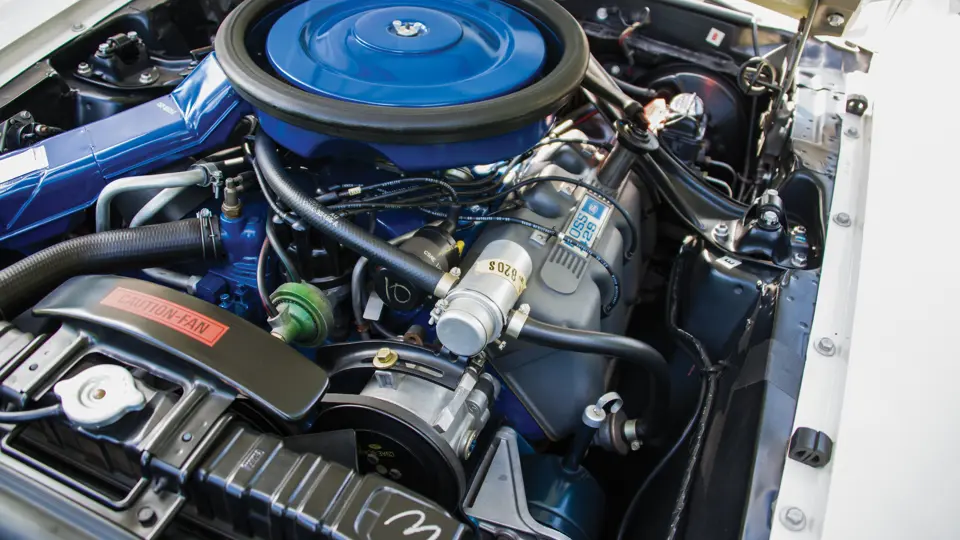


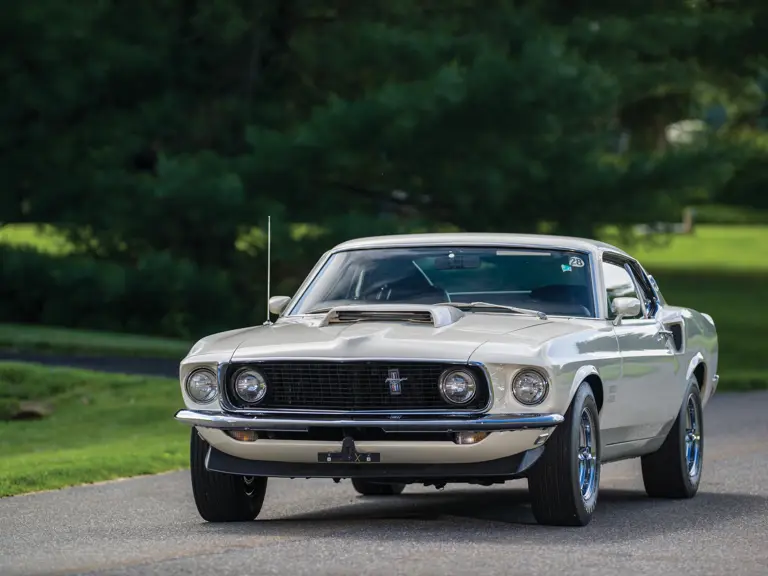
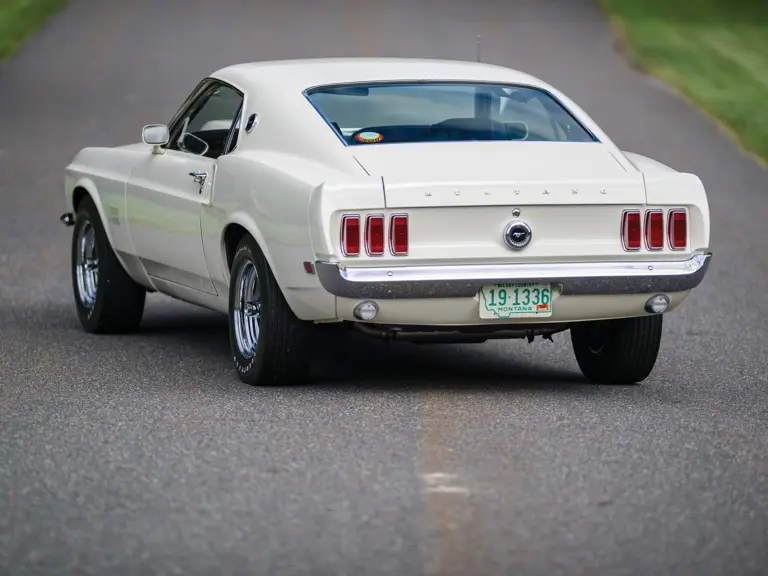
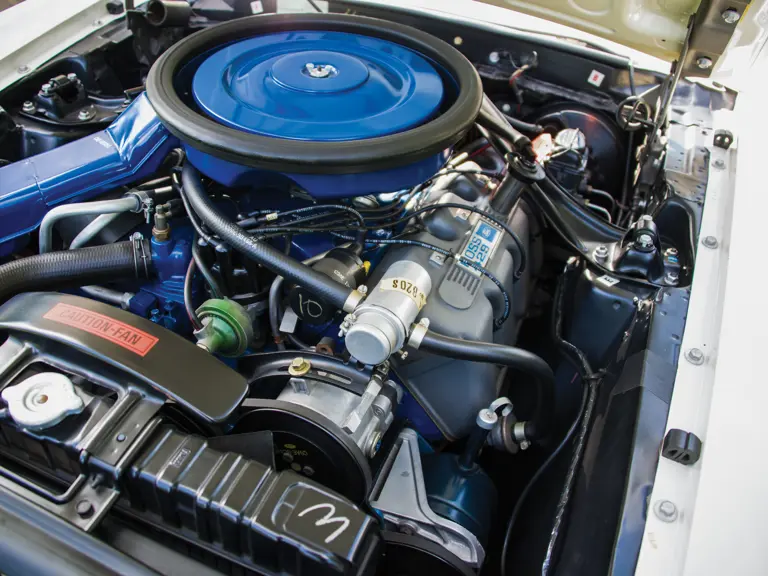
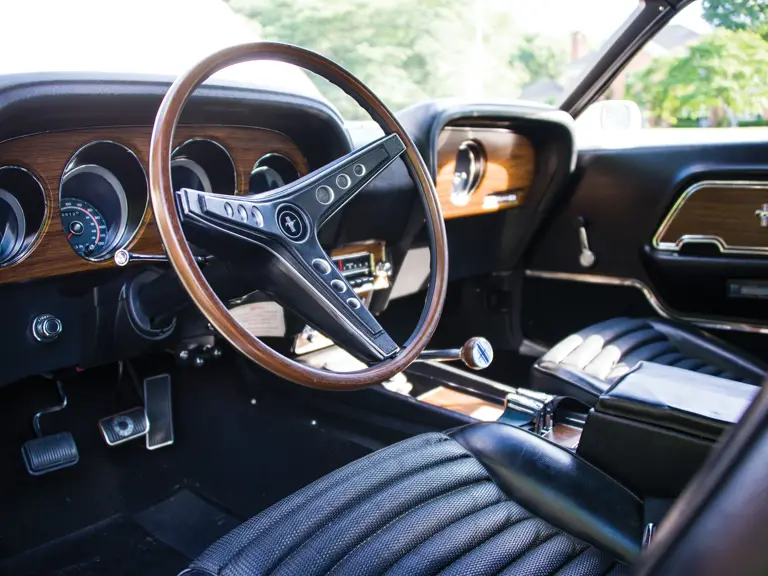

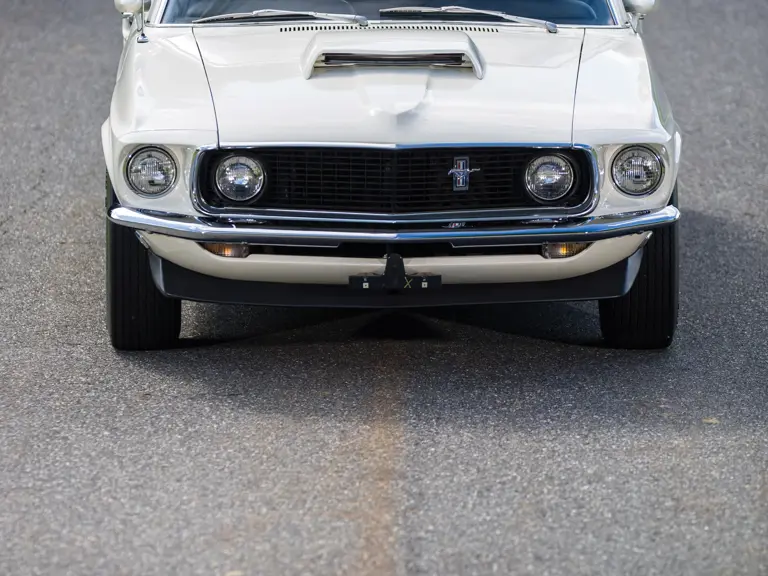
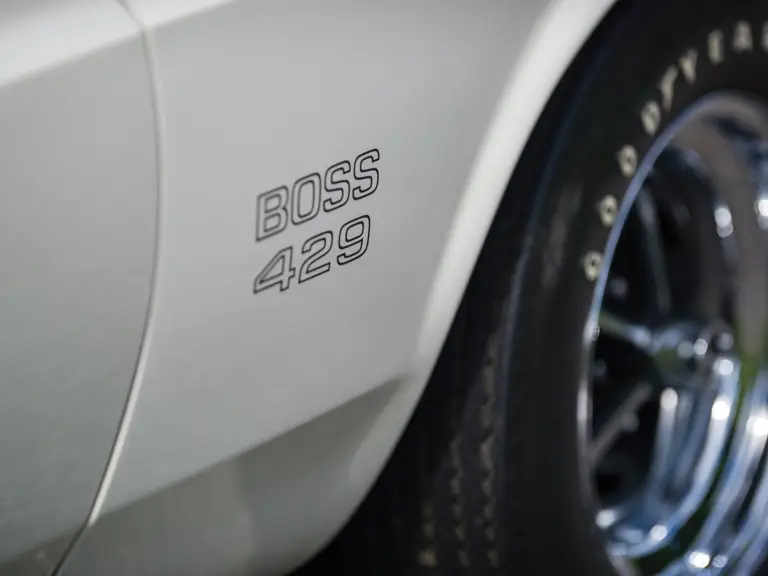

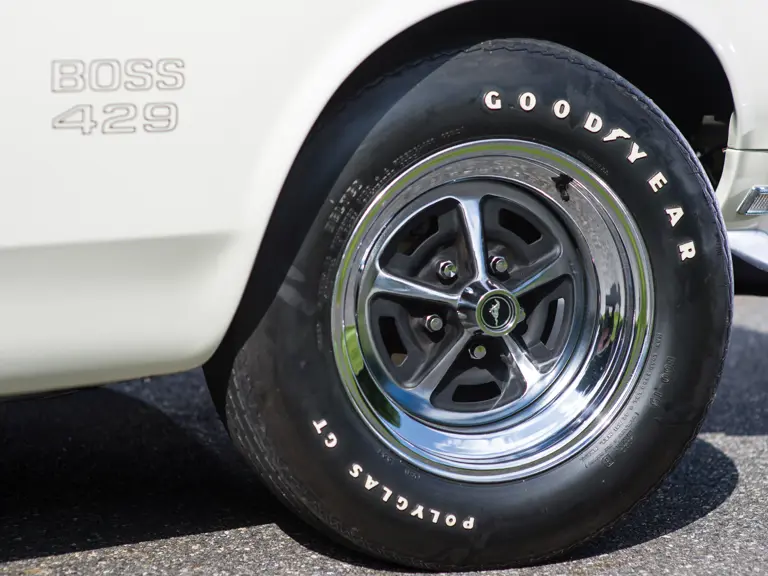
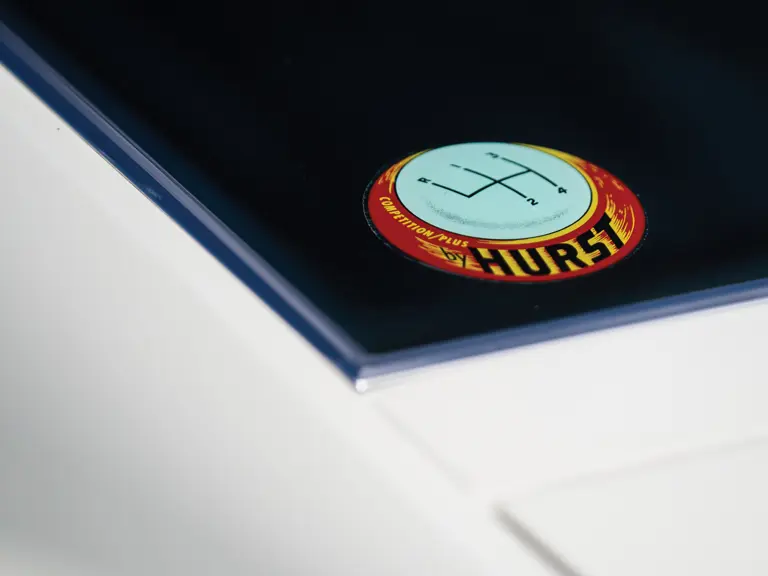
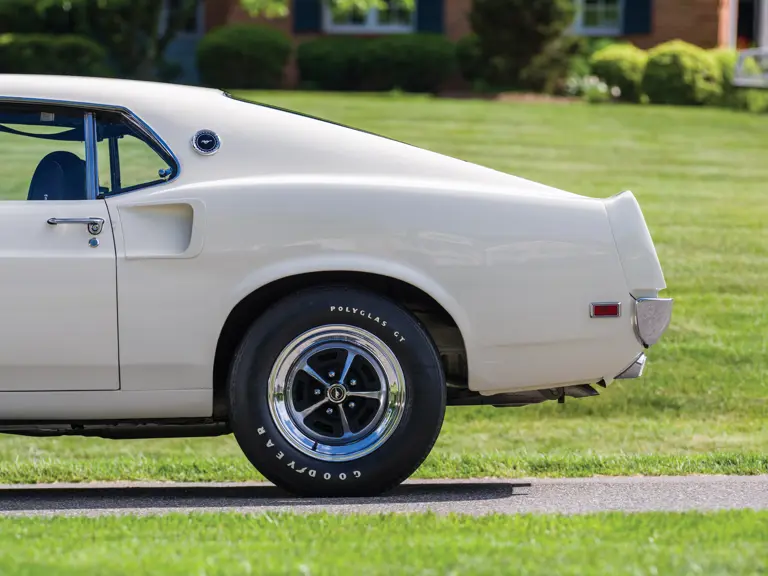
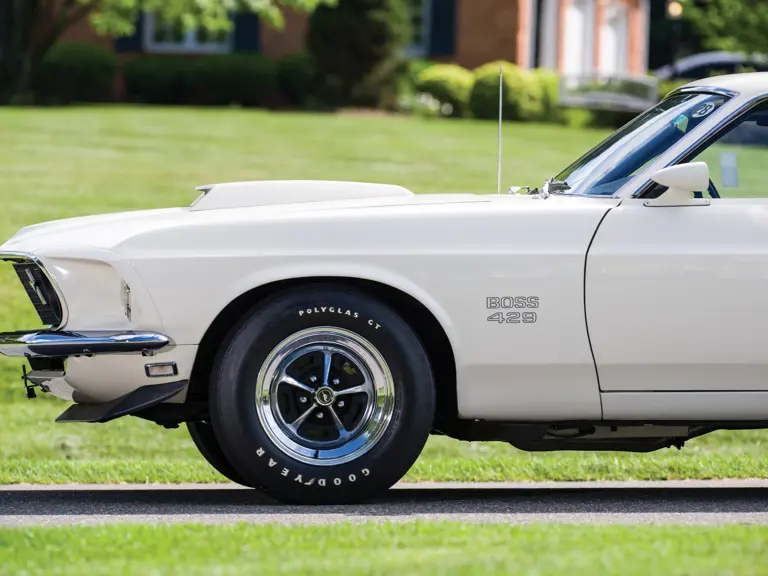
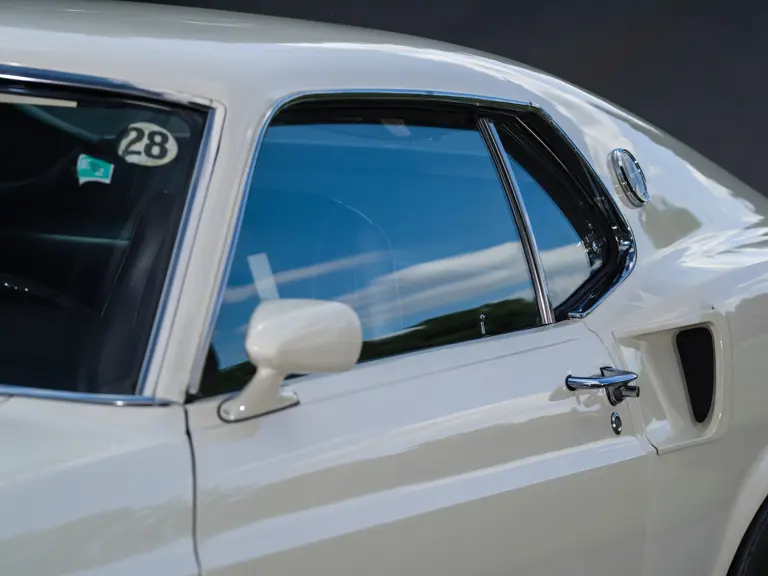
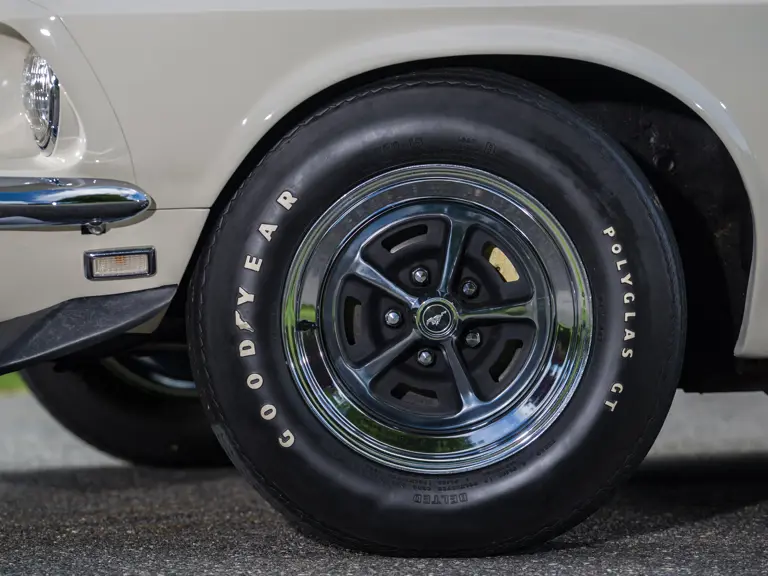
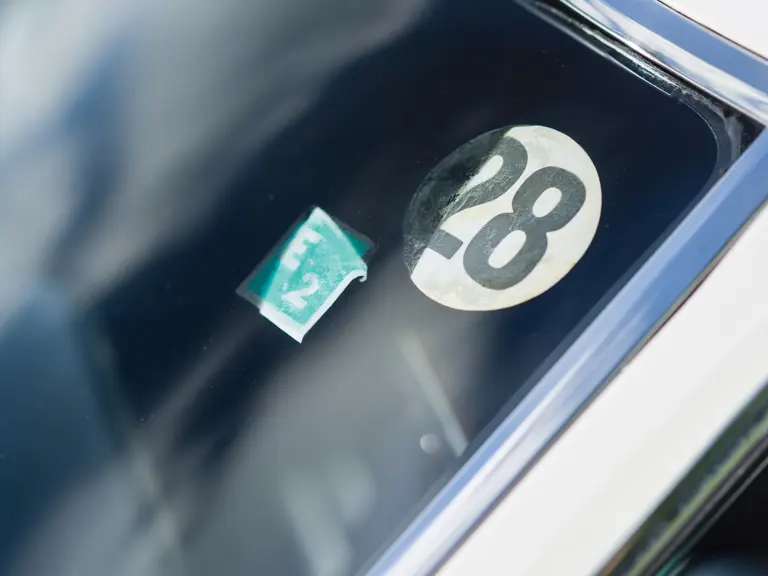
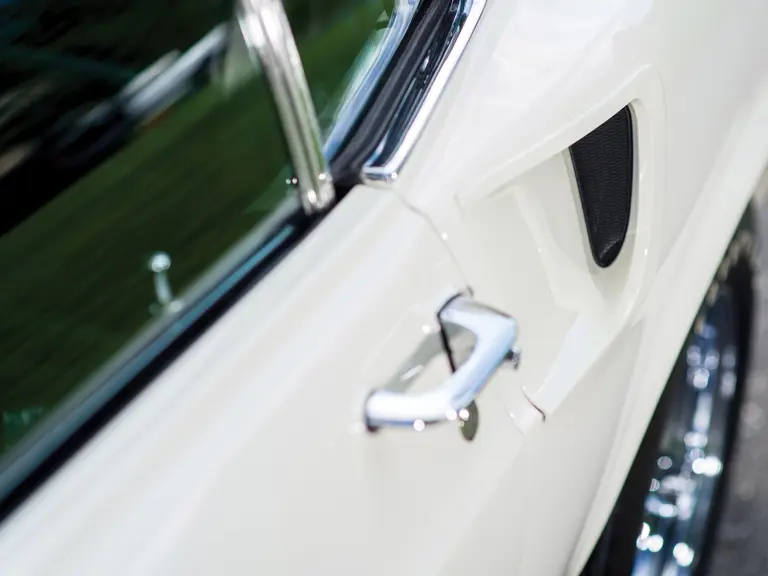
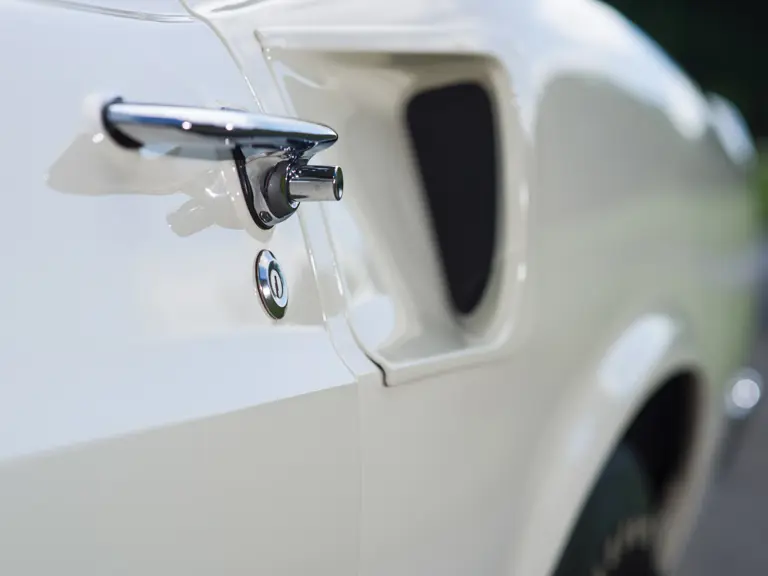


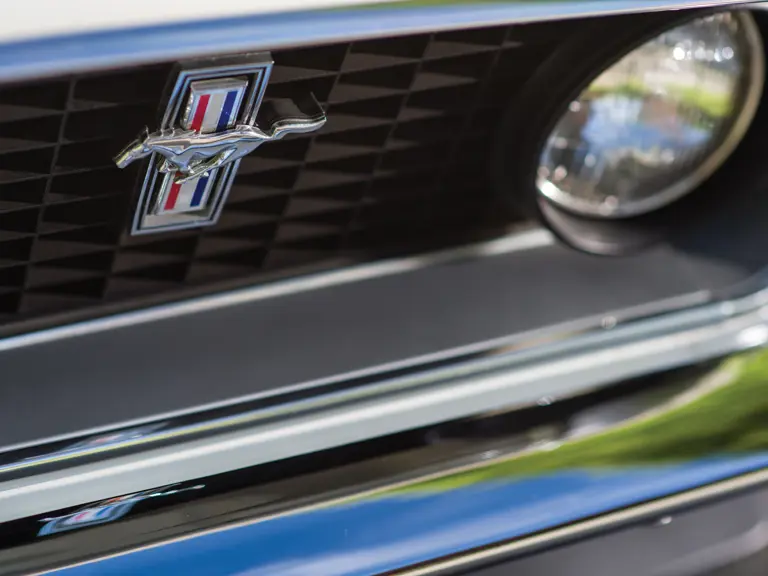
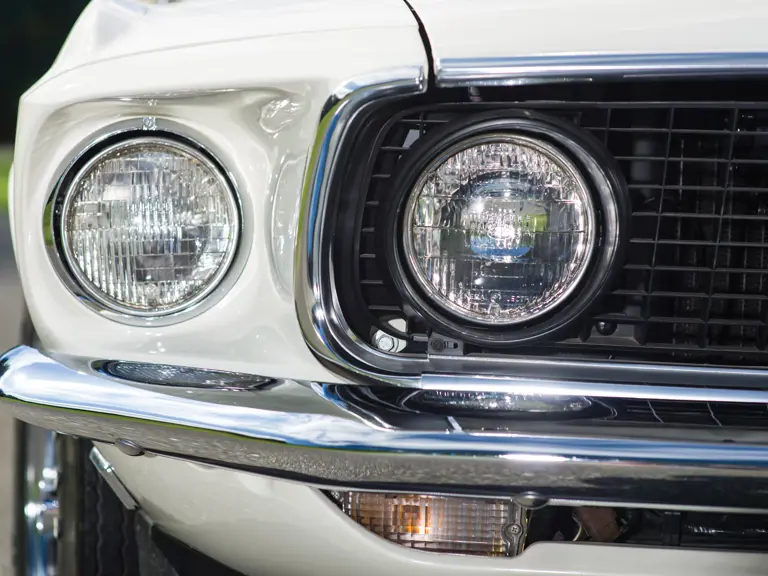
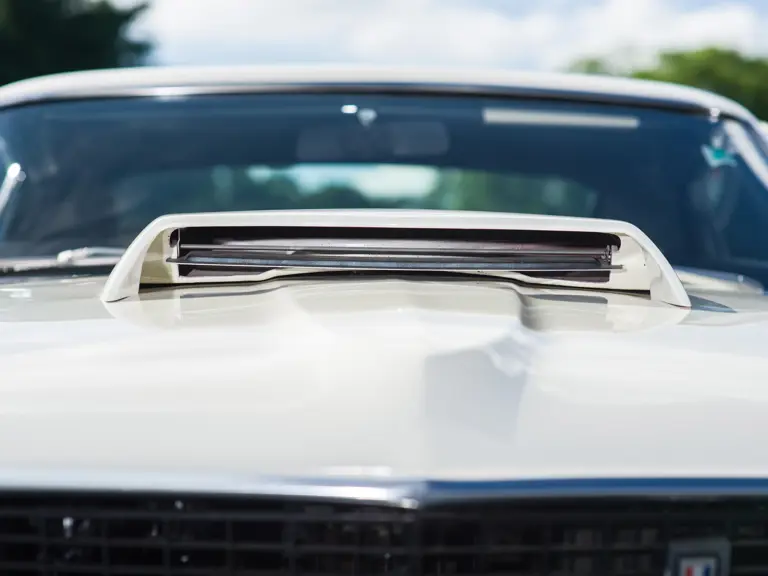

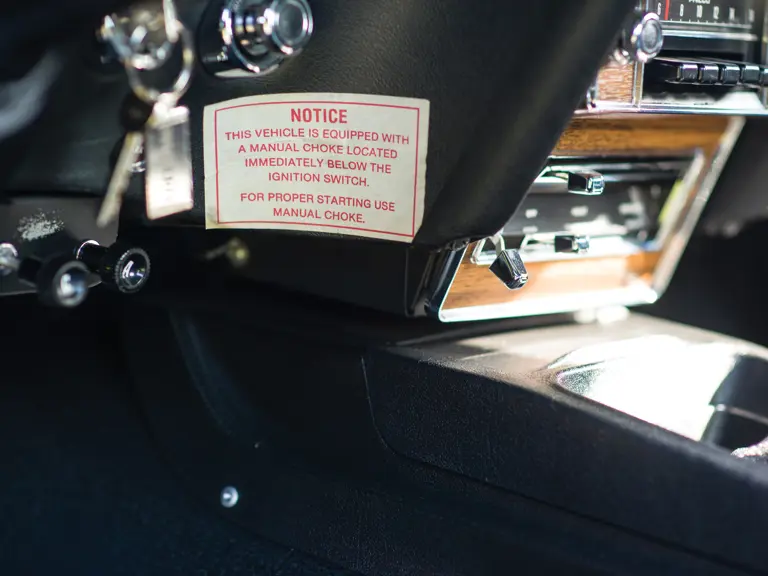
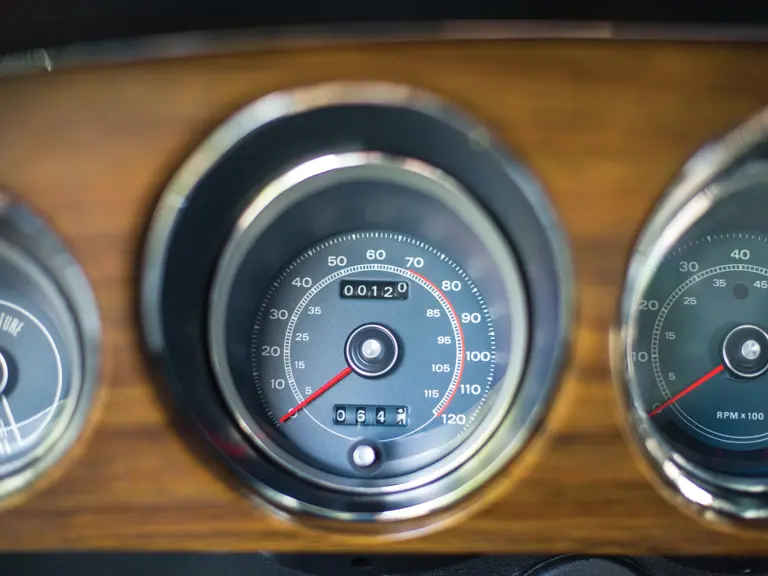
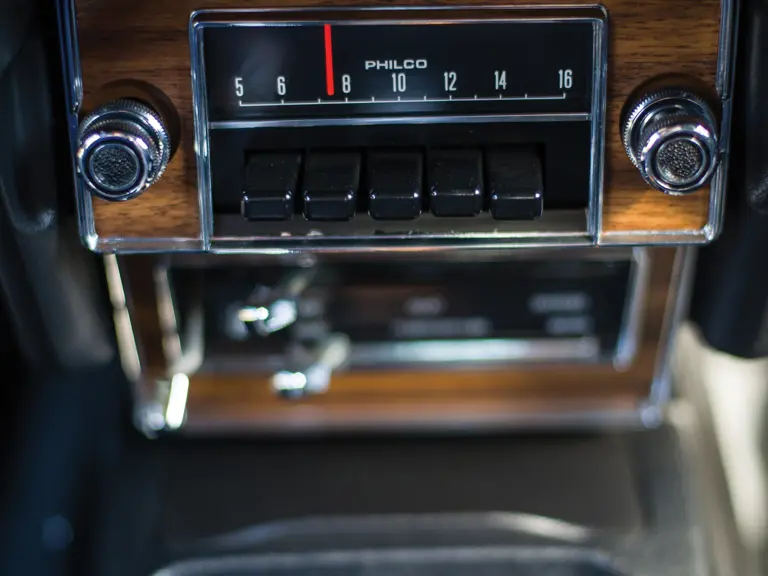
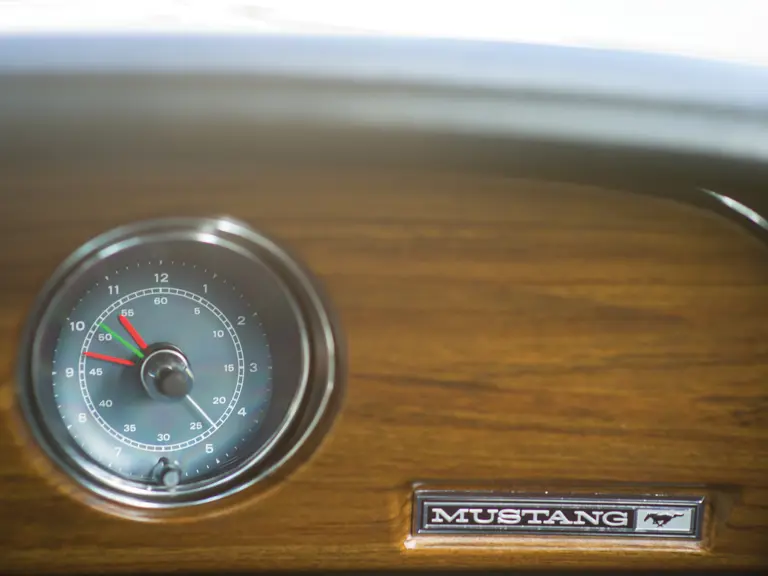


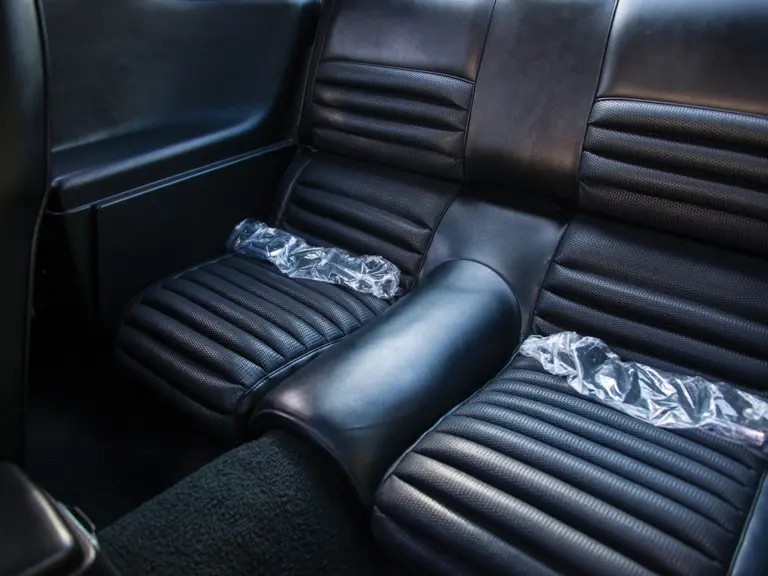
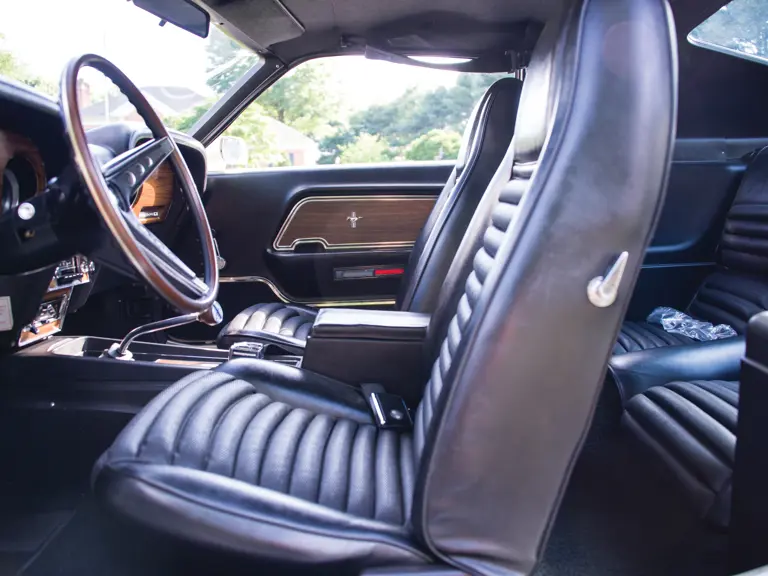
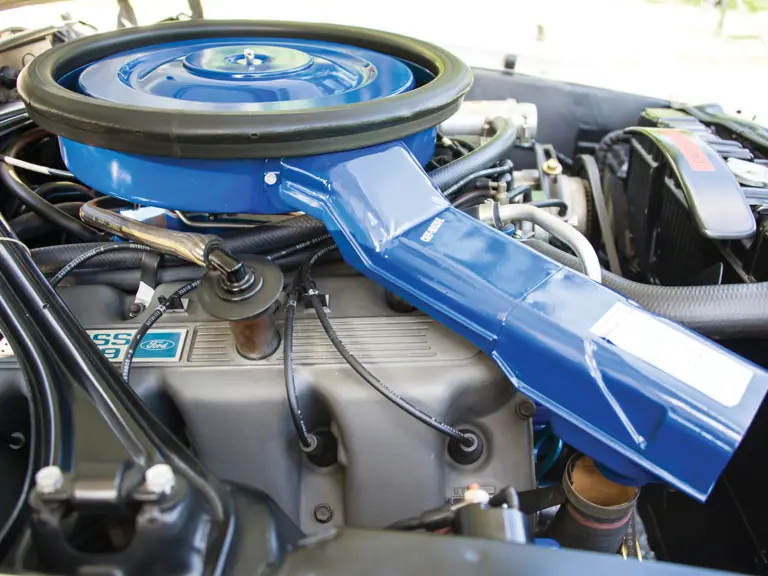
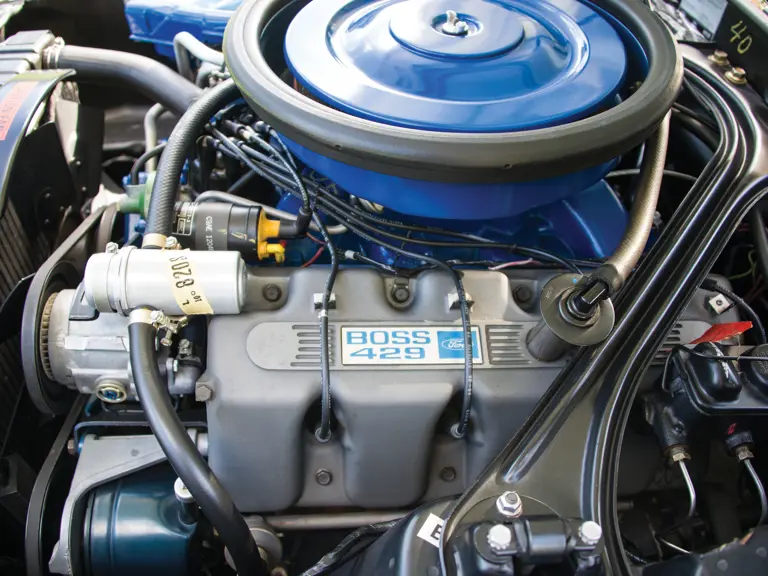

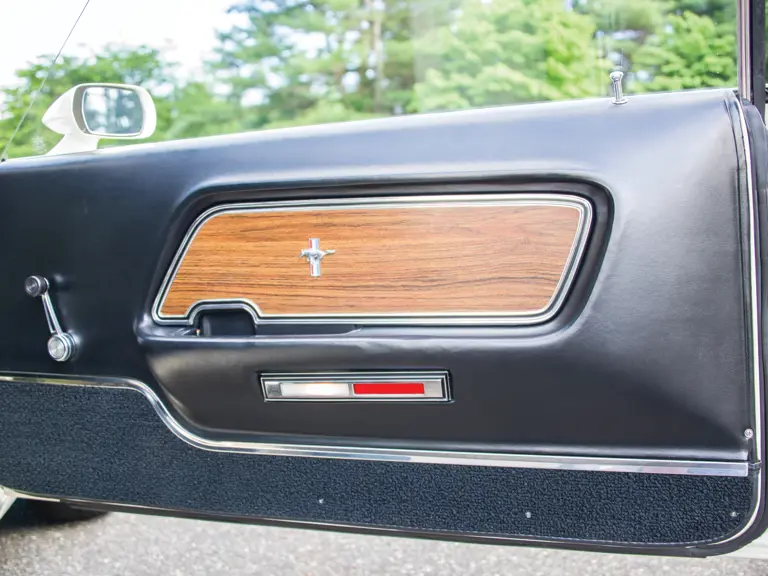
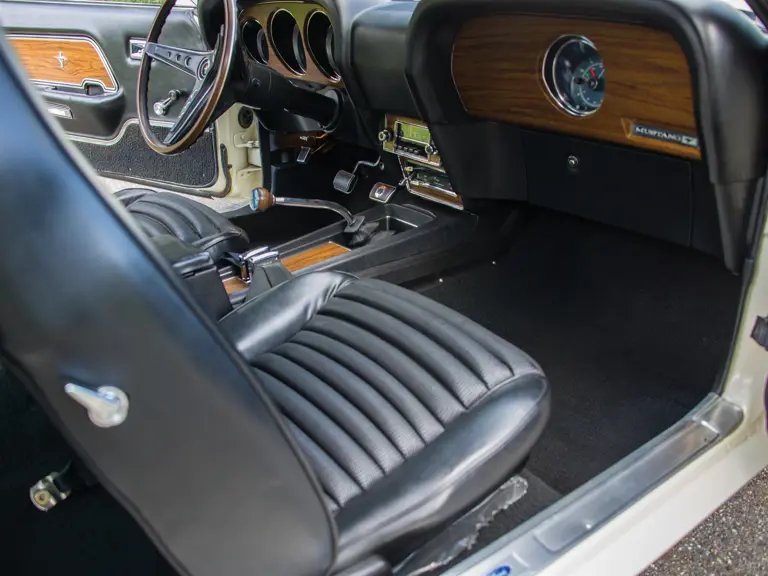
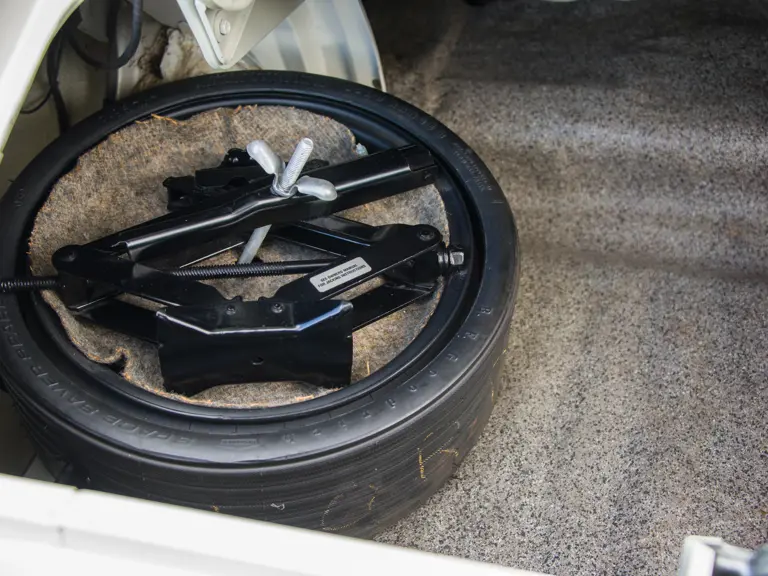

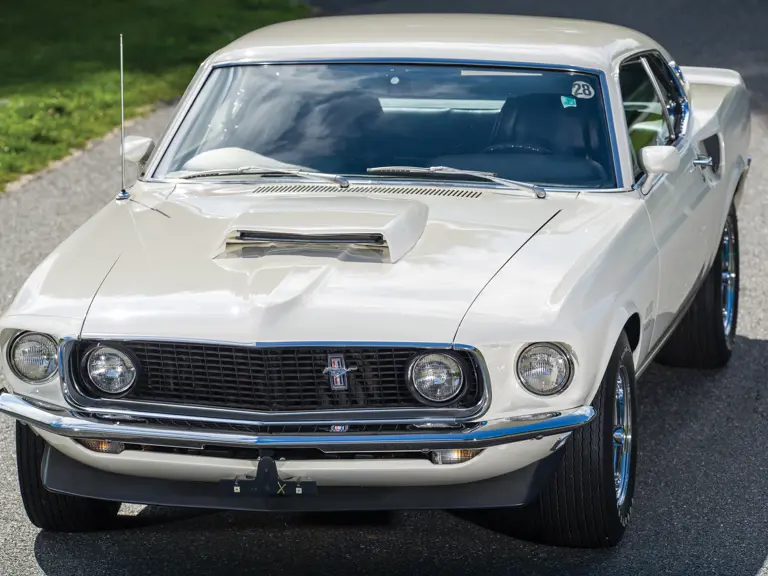
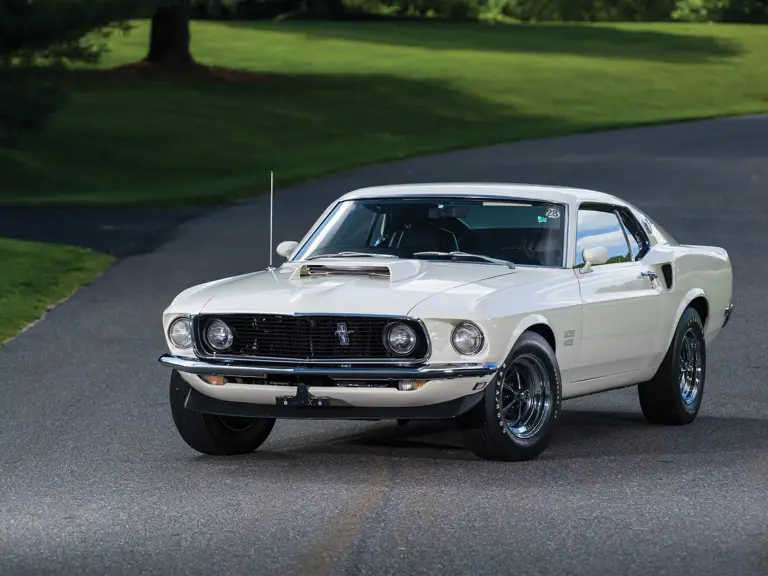
 | Monterey, California
| Monterey, California

